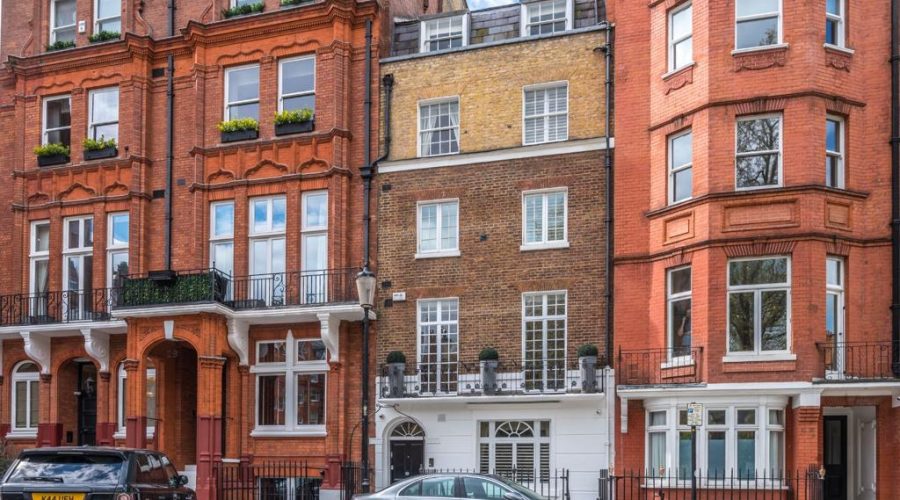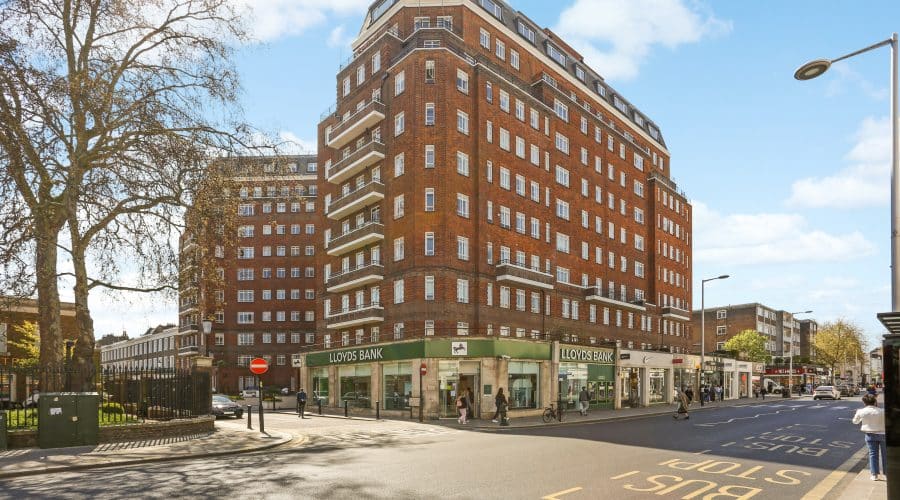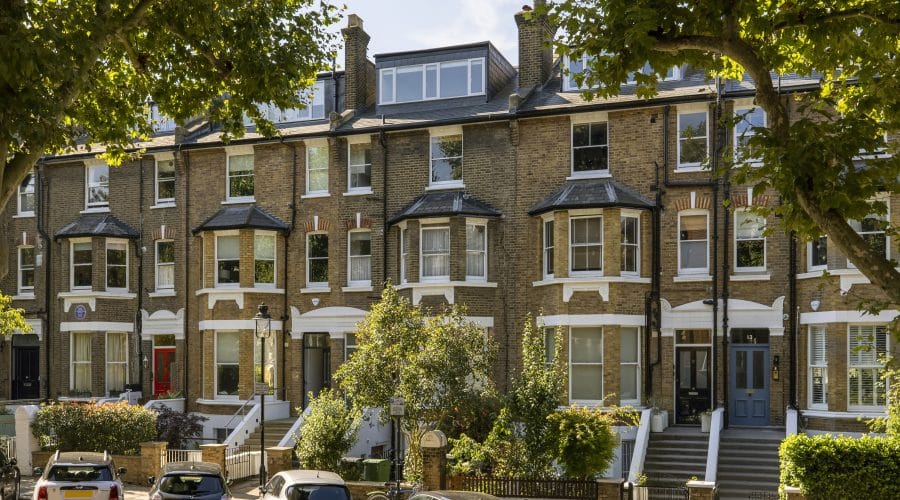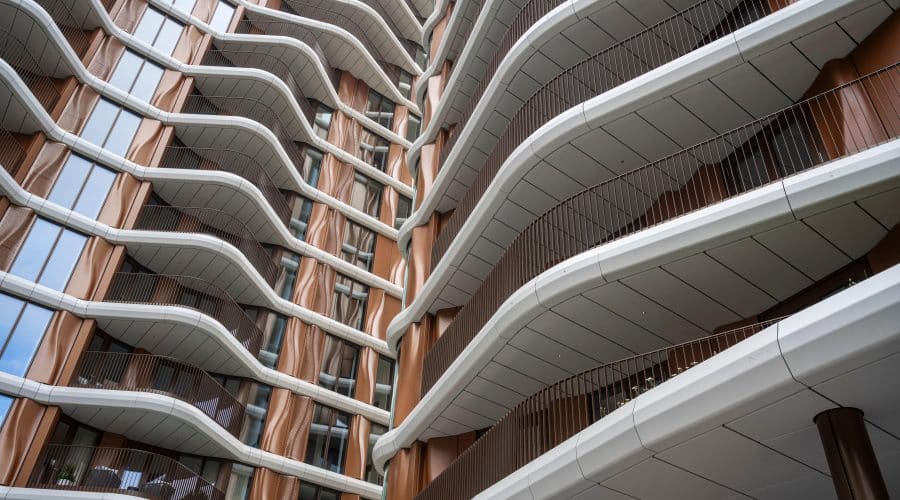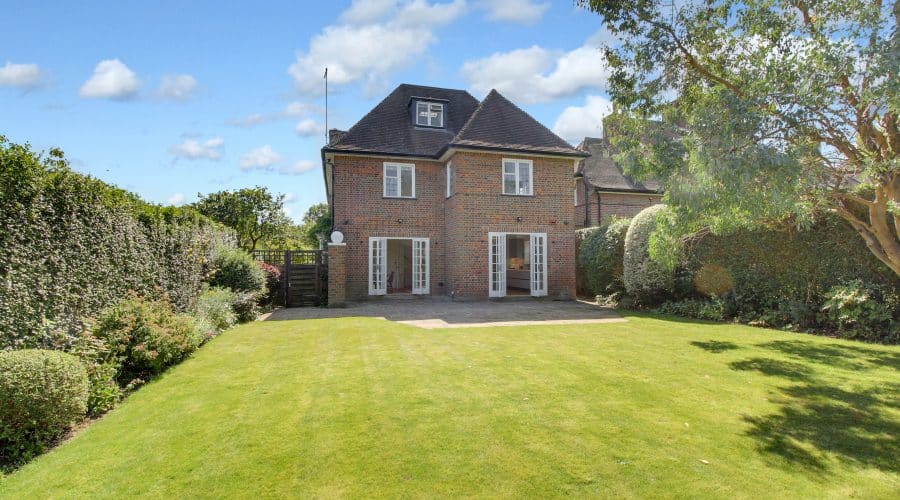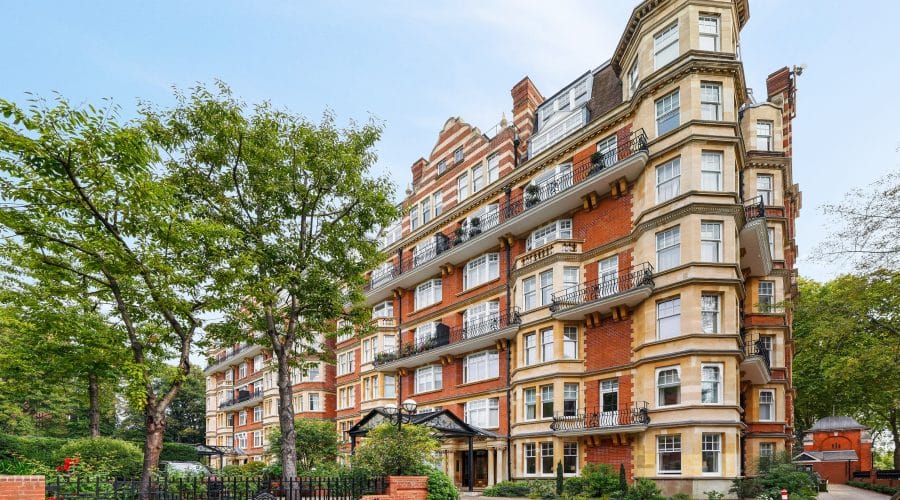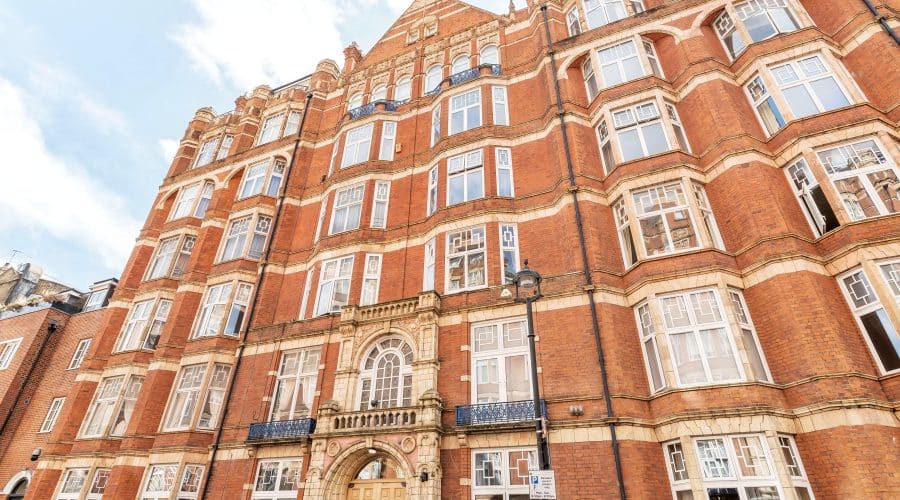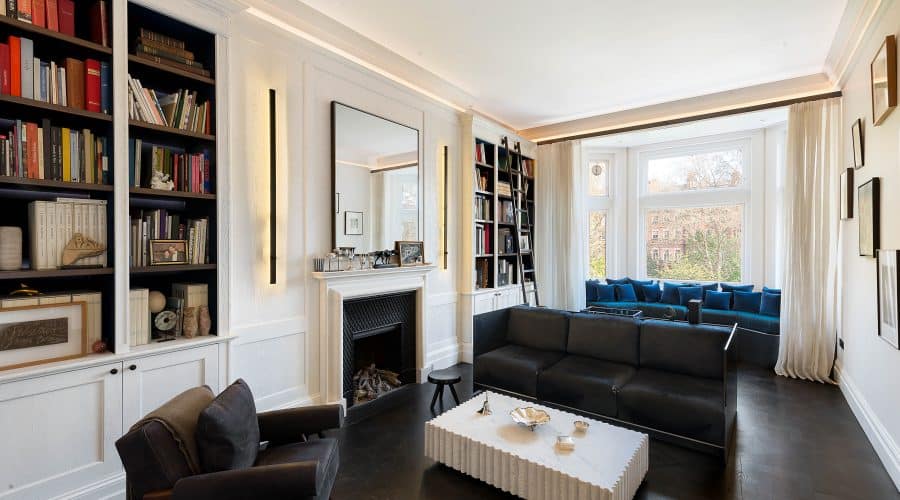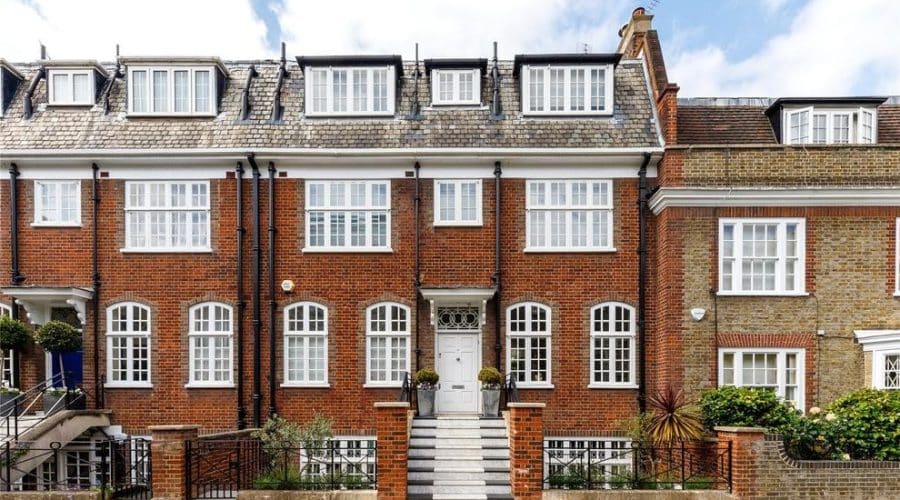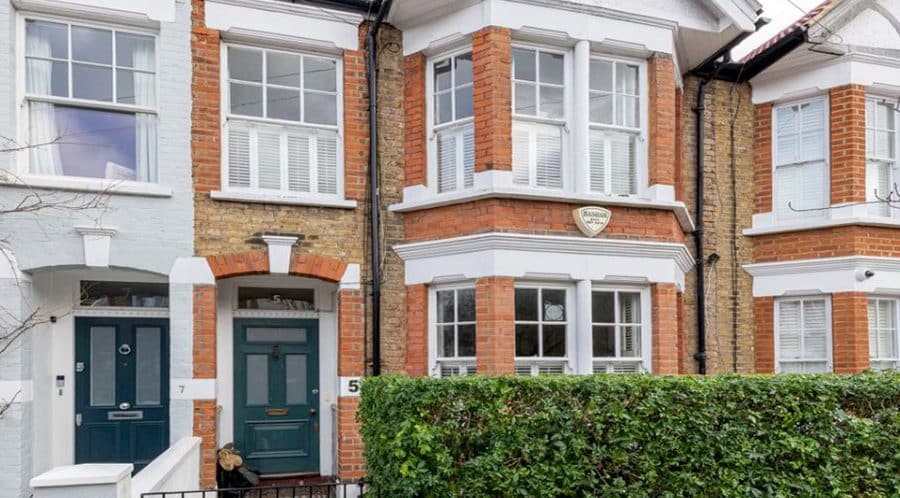There was a brilliant Matt cartoon in the Telegraph last week. A shark is slumped in an armchair, watching humans on television as they run around outside an estate agents. “At the first sniff of a housing boom,” reads the caption, “the humans go into a buying frenzy…”Those in the market for a new home might not see the funny side. London is certainly in the grip of a boom.
Average prices in the capital rose more than 10 per cent in the past year, according to Halifax. The figure was even higher in some areas. New developments are selling off-plan faster than you can say “foreign investor”. But behind the frenzy the simple truth is that London prices are high because people want to live there. Jobs, transport infrastructure, culture: the capital is a buzzing metropolis. A seemingly endless supply of skilled, upwardly mobile people flows there from all over the world.
If you are set on London life, where should you look for value? Mayfair, Kensington and Knightsbridge have been expensive almost forever. Notting Hill, Primrose Hill and Marylebone are not far behind. More recently, prices in Hackney have rocketed. But as locations ascend to become prime and super-prime, others also begin to rise. Savills expects prices in London to rise 8.5 per cent this year, and by 24.4 per cent over the next five.“The three ways we separate new areas are whether they’re novel, new or next door,” explains Sophie Chick from Savills. Novel could be an unfashionable place that has become cool again, and new where there’s lots of development. “Next door is traditionally a good indicator. This is where an area comes up because it is next door to an existing spot. Often it will have similar stock and amenities.”So where should the canny investor place their bets?
Nobody would argue that Wandsworth or Maida Vale or Bloomsbury are “undiscovered”. But well-established hot spots can contain pockets of good value, or less salubrious streets nearby. Using research from Knight Frank and Savills, here are 20 suggestions for first-time buyers, families trading up and those who are new to the capital.
1. Canonbury
Tucked behind Upper Street, north of the Regent’s Canal, the Newington Green side of Canonbury has sometimes been overlooked, compared with nearby Barnsbury and Highbury. A reopened overground station has revitalised this area, which has plenty of period terraces, easy transport connections and a relaxed atmosphere. “This is a classic ‘next door’ type of area,” says Chick, “and is ‘novel’.” Prices have risen by more than half since 2007, reflecting the desire for all things Islington.
2. Finsbury Park
N4 has traditionally been the slightly less-smart end of Islington, compared with Highbury or Angel. Although it is farther out, Finsbury Park is on the Victoria Line, has easy access to the City on the mainline, and has plenty of shops and restaurants. There’s a new theatre and smart new accommodation popping up all the time. Average prices are around 30 per cent lower than in Islington as a whole.
3. Marylebone
It’s hardly an undiscovered find, but Marylebone is becoming the latest kid on the super-prime block. Where it was once the poor northern relation of Mayfair, it is quickly catching up. “Marylebone has always been an excellent location, but, during the past 15 years, the two major local estates, Howard de Walden and Portman, have paid attention to significant regeneration and gentrification says Christian Lock Neckrews of Knight Frank. “The area also benefited from the recession, with developers able to pick up commercial buildings for 50-70 per cent less than residential. This has led to first-class prime properties.”There are great shops and restaurants on the high street.
4. Bayswater
It’s all relative, but Bayswater has historically been a bit more run-down than its Hyde Park neighbours. But that is changing. “This is a fascinating part of London, brimming with character,” says Sam Allport, of Mountgrange Heritage. “The plans to renovate the Whiteley site on Queensway are having a positive effect. “Coupled with the fact that prices here remain up to 20 per cent lower than in neighbouring Notting Hill and Marylebone means a variety of buyers are drawn to the area.”
5. City Road
Angel has long been yuppie central, while Shoreditch and Old Street have emerged as the centres of Britain’s tech scene. But the road that links them had little to recommend it bar the Victoria Miro museum.“Old Street has morphed from a commercial entity with more of an industrial feel into an increasingly vibrant and well-located hub,” says Matt Cobb of Hatton Real Estate.
6. Earls Court
No longer the dog-eared paperback next to Kensington’s gleaming coffee-table tome, Earls Court is undergoing serious redevelopment. The 77-acre site of the exhibition centre is being turned into mart shops, 7,500 new homes and other leisure facilities. It is increasingly popular with families and professionals. Prices have risen more than 70 per cent since 2007.“With the development of the Earls Court Exhibition Centre, the surrounding areas are going to improve hugely over time,” explains Will Watson of Middleton Advisors.
7. White City
The BBC might have upped to Salford, but the Westfield Centre has brought shopping and jobs. Still, White City is firmly in the “new” category.“Five years ago, people wouldn’t have considered it,” adds Chick. “But Soho House has just announced it is opening there.” With good access to the rest of rest London, White City should be a reliable bet.
8. Stratford
There was a fear that after the Olympics, Stratford might struggle to live up to its post-Games plan. But after a brief plateau, the area is picking up again, with an increasingly settled community of young families and professionals. It has brilliant train and Tube access to central London, and, between the Olympic swimming pool and velodrome, plenty of sports facilities.
9. Honor Oak Park
Here is another part of south London that has been opened up by the revamped London Overground route. Honor Oak Park is leafy, and you get more for your money than in equivalent areas in north London. “Honor Oak Park is just inside Zone 3, with a great overground line,” says Oliver Knight of Knight Frank. “The area looks set to become a hot spot for families looking for more space, great schools and more for their money than areas such as Islington.”
10. Woolwich
Sometimes called the Shoreditch of the South, Woolwich is an attractive option for those who cannot afford nearby Greenwich. “Activity in the Woolwich property market has significantly increased over the past few years, with hundreds of new homes being built,” explains Mo Clarke of L&Q housing association. “But prices remain considerably lower than the rest of inner London. Now is a great time to get on the ladder here.” The addition of Crossrail to the DLR links will further open the area
11. St Margarets
St Margarets is on the up, with buyers drawn to the value it offers compared with Richmond and Twickenham nearby. “In the past year alone, property prices have increased by 10 per cent in the area,” says Jeff Spencer of Featherstone Leigh. “With the current economy, I would expect them to continue to rise.” According to Savills, prices have risen 23 per cent since 2007.
12. Acton
Increasingly, Acton is shaking off its reputation as Ealing’s poor cousin. It has plenty of shops, bars and restaurants, as well as good schools. “Property in Acton has historically traded at a discount to its affluent neighbouring districts of Ealing and Chiswick,” explains Mark Wilkinson from Knight Frank. “But the opening of Crossrail will reduce the price difference, and ensure good capital growth relative to the rest of London.”
13. Maida Vale
“Surprisingly, values here remain well below that of neighbouring St John’s Wood,” says Camilla Dell from buying agent Black Brick.“We feel Maida Vale still represents good value for investors, where you can still buy for less than £1,000 per sq foot.” There are pretty shops on Clifton Road, while Lord’s Cricket Ground and the canals of Little Venice are a short walk in either direction.
14. Bloomsbury
Between UCL, the Bloomsbury Group and the British Museum, this area has long been a haven for literary and artistic types. Prices are already high, but there is a consensus that the area is catching up with Marylebone, to the West, in the prime London stakes. “Prices have risen steadily since 2009 in Bloomsbury,” says Adrian Philpott of Winkworth. “Achieved prices have risen between 10 per cent and 15 per cent in the last 12 months. It is expected that the arrival of Crossrail in 2017 at Tottenham Court Road and Farringdon will keep interest in the area high.”
15. Ravenscourt Park
Sandwiched between Chiswick, Shepherd’s Bush and Hammersmith, Ravenscourt Park benefits from the “next door” phenomenon. “Housing stock in Ravenscourt Park is typically made up of three- to six-bedroom Edwardian properties,” says Christopher Bramwell from Savills. “This attracts buyers from Notting Hill, Kensington and Holland Park who are looking for more for their money, greater outdoor space and closer proximity to schools.”
16. Camberwell
With a villagey feel, art school and a good mix of housing stock, Camberwell has always had the fundamentals in place. But thanks to improved rail connections to the West End and the City, prices are picking up.
17. South Highgate
Between Belsize Park, Highgate and Dartmouth Park, this area has not traditionally been considered a separate market. But, says Chick, it is benefiting from a “classic next-door effect. There are lovely houses, but they aren’t quite as popular as Hampstead or Bishops Avenue yet.” Prices have risen 57 per cent since 2007.
18. Croydon
Once synonymous with unfashionable London, Croydon is undergoing a renaissance, with more than a billion pounds of investment planned, including a revamped high street and a Westfield shopping centre. The new Overground link has cut travel times to the centre of London and increased capacity.
19. Streatham
“People who can’t afford Clapham any more are taking a punt on Streatham,” adds Chick, who affords it “new” and “novel” status. “There is lots going on, with development schemes and a revamped high street.” Prices have risen 25 per cent since 2007, but with average sold values at £375,481, the area is still affordable compared with many boroughs, particularly north of the river.
20. Wandsworth
Wandsworth is hardly a new kid on the property block. But even with increasingly high prices, it keeps attracting buyers. They are drawn by schools, gardens and a leafy feel. “Wandsworth and Clapham are two real hot spots if you’re looking for great capital growth and overall returns,” says Sam Sproston of Knight Frank. Growth here, partly fuelled by the huge investment in Battersea to the north, has outstripped even the rest of the capital, at nearly 20 per cent in the past year. Proof that, as long as people continue to want to live in London, areas will keep rising.

